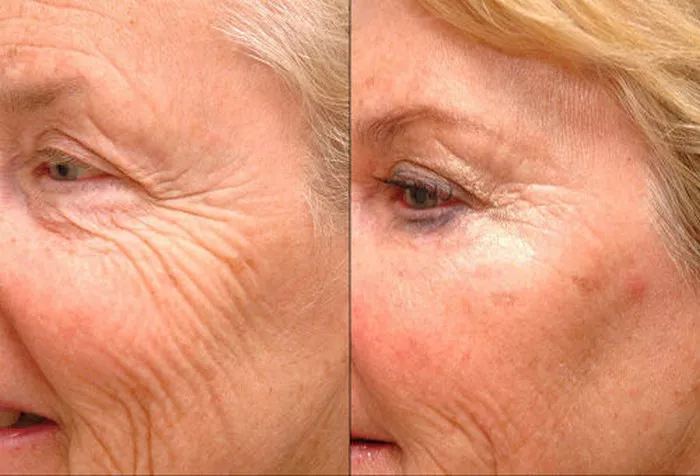Rhytidectomy, commonly referred to as a facelift, is a surgical procedure designed to address the signs of aging in the face and neck. It involves tightening the facial muscles, repositioning underlying tissues, and removing excess skin to create a more youthful and rejuvenated appearance. In this article, we will delve into the meaning of rhytidectomy and explore its purpose in more detail.
Defining Rhytidectomy
The term “rhytidectomy” originates from the Greek words “rhytis” meaning “wrinkle” and “ektome” meaning “excision” or “removal.” Therefore, rhytidectomy refers to the surgical removal or excision of wrinkles. However, the procedure encompasses more than just wrinkle removal. It is a comprehensive surgical intervention that targets multiple signs of facial aging, including sagging skin, jowls, deep creases, and laxity in the lower face and neck.
The Purpose of Rhytidectomy
The primary goal of rhytidectomy is to reverse the effects of facial aging and restore a more youthful and refreshed appearance. As individuals age, various factors contribute to changes in the face, including gravity, loss of skin elasticity, volume loss, and changes in underlying facial structures. These changes often result in the formation of wrinkles, sagging skin, jowls, and a loss of definition in the jawline.
A facelift aims to address these concerns by tightening the underlying muscles and tissues, removing excess skin, and repositioning the remaining skin to create a smoother, firmer, and more lifted appearance. It is a highly individualized procedure, tailored to each patient’s unique needs and desired outcome. Some individuals may require a full facelift, which addresses the entire face and neck, while others may benefit from a mini facelift that targets specific areas of concern.
The Facelift Procedure
The facelift procedure typically involves the following steps:
- Anesthesia: The surgeon administers anesthesia to ensure the patient’s comfort during the procedure. Options include local anesthesia with sedation or general anesthesia, depending on the surgeon’s recommendation and the patient’s preferences.
- Incision Placement: The surgeon strategically places incisions, usually within the hairline and around the ears, to minimize visible scarring. The exact incision pattern may vary based on the patient’s specific needs and the surgical technique employed.
- Muscle and Tissue Repositioning: The underlying facial muscles and tissues are lifted and repositioned to restore a more youthful contour. This step helps to address sagging jowls, deep creases, and overall facial laxity.
- Excess Skin Removal: Any excess skin is carefully trimmed and removed to create a smoother and more toned appearance.
- Incision Closure: The incisions are meticulously closed using sutures or other techniques. The surgeon takes great care to ensure that the incisions are well-hidden and will heal as inconspicuously as possible.
Recovery and Results
After a facelift procedure, patients can expect a recovery period during which they will need to follow post-operative instructions provided by their surgeon. Swelling, bruising, and discomfort are common in the initial days following surgery but can be managed with medication and proper care. The surgeon will advise on activities to avoid, such as heavy lifting or strenuous exercise, and provide guidelines for wound care and scar management.
Over time, the swelling will subside, and the final results of the facelift will become more apparent. Patients can expect a rejuvenated appearance, with improved facial contours, reduced wrinkles and sagging, and a more youthful overall look. The longevity of the results will vary among individuals, depending on factors such as age, genetics, lifestyle choices, and skincare practices. While a facelift cannot halt the natural aging process, it can effectively turn back the clock and provide long-lasting improvements.
Conclusion
Rhytidectomy, or facelift surgery, is a cosmetic procedure aimed at reversing the signs of facial aging and restoring a more youthful appearance. By addressing sagging skin, wrinkles, and loss of facial definition, a facelift can provide significant and long-lasting results. It is important for individuals considering a facelift to consult with a qualified and experienced plastic surgeon to discuss their specific concerns, expectations, and the most suitable surgical technique. With proper care and realistic expectations, rhytidectomy can help individuals achieve a more refreshed and rejuvenated appearance, enhancing their self-confidence and quality of life.


